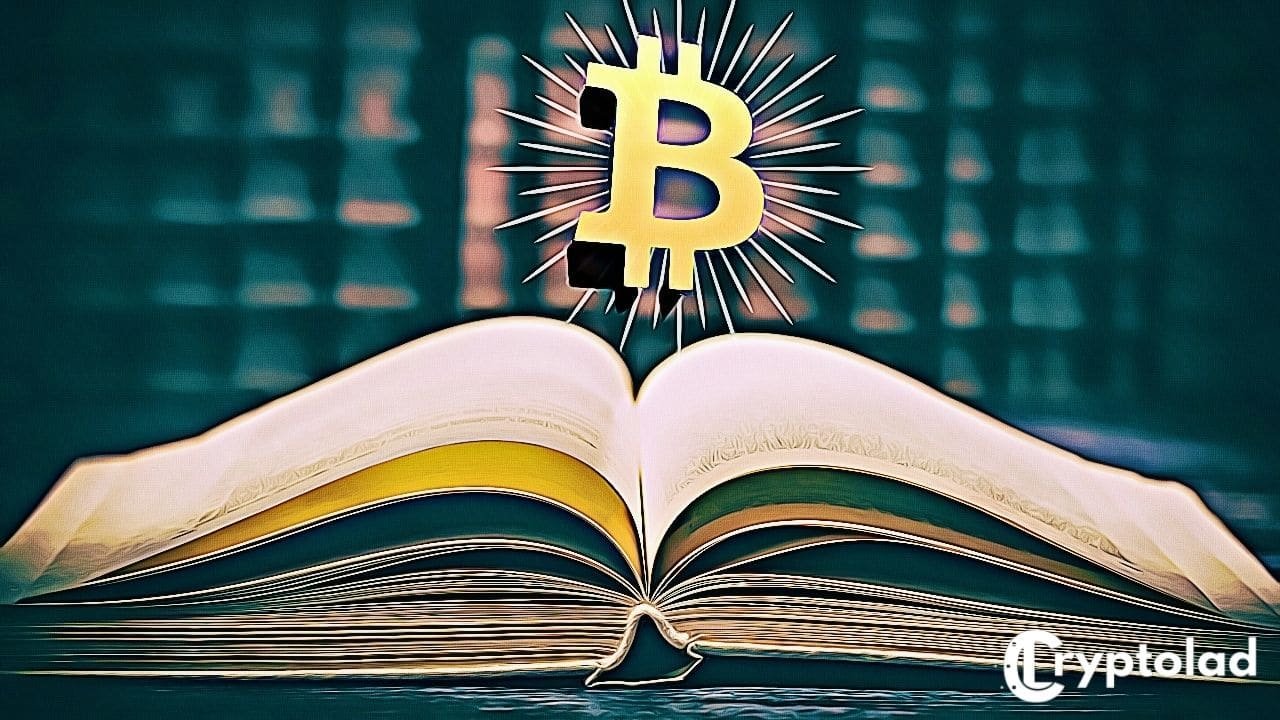Crypto Terminology Every Trader NEEDS To Know

Crypto terminology is crucial for traders to be able to understand what's happening in the current market. We've included all the essential crypto terms every trader should know before getting started on your journey.
If you require further explanation for any of the terms below, please don't hesitate to comment below or contact us on our socials!
Lifehack - (control + F) or (command + F) to shortcut to desired definition!

Crypto Terminology
51% Attack
This is when a user or group of users own majority of a blockchains network power. This means the network can be manipulated on purpose.
Airdrop
A distribution of network tokens offered by the owners of a cryptocurrency network to generate popularity for their cryptocurrency.
All Time High
The highest price ever reached by a cryptocurrency.
All Time Low
The lowest price reached by a cryptocurrency.
Altcoin
This is any cryptocurrency that isn't Bitcoin. Ethereum, XRP and Litecoin are all examples of altcoins.
Addresses
All cryptocurrencies have a unique address which convey information on where it's located on the blockchain.
ASIC
“Application Specific Integrated Circuit". This is a chip designed for a specific task. In crypto these are used to run on mining computers, considered to be more efficient than standard equipment.
Bearish Market
A weak market, when traders predict the price of the market will be going down.
Bitcoin
The very first cryptocurrency released in 2009 by a person or group operating under the name Satoshi Nakamoto.
Blockchain
A decentralised network, build from a string of blocks which are made from code segments. All transactions are stored on a public ledger which is available throughout the network, this means transactions do not require authorisation from a central network.
Bullish Market
This is a strong market when prices are increasing and traders expect it will continue to rise.
Cold Storage
This is a method of storing your cryptocurrency in an offline device, such as a USB drive or a specialised physical cryptocurrency wallet. This is considered the safer way to store cryptocurrency as it isn't subject to hacks or server issues as online wallets are.
Cryptocurrency
A decentralised digital currency built on blockchain infrastructure. Each transaction is uniquely encrypted and untraceable.
DAO
"Decentralized Autonomous Organization". An organisation which uses blockchain instead of a central authority to manage itself. This eliminates the risk of human error and possible manipulation.
DAPPS
Decentralised Apps using blockchain technology.
Digital Signature
This is a unique ID given to a user, transaction or currency.
Genesis Block
The very first block in the blockchain sequence.
Hash
Used to manage blockchain, a hash is created by using an algorithm to convert certain codes into an encrypted fixed length output.
Hot Storage
The opposite of cold storage, this is when you store your cryptocurrency online using a program. You can easily make transactions and view balances using this method although considered more risky than cold storage.
ICO
"Initial Coin Offering". The first time a cryptocurrency is made available to the public at a fixed price and fixed amount of currency.
Ledger
A log history of all transactions made on a specific blockchain network. Updated with each transaction and is stored throughout the network.
Lightning Network
Designed to increase transaction speed among the blockchain network by creating a peer-to-peer network.
Liquidity
The ease at which a cryptocurrency can be converted into cash without destabilising the price. Exchanges with high liquidity enable you to execute transactions quickly without seeing a deviation in price.
Market Cap
The measurement used to determine a company's size. Calculated by the market value of the total outstanding shares.
Mining
The act of using computer power to carry out transactions on a network. The miner or group of miners who process a transaction first are rewarded for their efforts.
Mining Pool
When miners form a group in order to process more transactions and earn more rewards. Rewards are distributed between group members.
Node
A network of computer nodes make it possible for cryptocurrencies to be exchanged from p2p without a middle man.
Paper Wallet
A cold way of storing cryptocurrency which is considered the safest. QR codes containing the users key codes are usually printed out on a piece of paper which can be scanned to access their funds.
Peer-To-Peer (P2P)
Sharing information directly between two parties without the use of a middle man.
Private Key
Everyone on a network holds an individual private key which is only know to the holding user.
Public Key
A cryptographic code that allows users to receive cryptocurrencies into their accounts. The public key shows up on the ledger while the private key does not, they are used together to maximise user security.
Resistance Level
A level at which the selling of a cryptocurrency is deemed strong enough to eliminate increase of price.
Smart Contract
A predetermined contract which automatically executes once the terms of the contract are met and rewards all parties involved according to the contract's terms. This is made possible by using blockchain technology.
Support Level
A level at which the demand for the cryptocurrency is strong enough to eliminate to decrease of price.
Token
Offered by a specific blockchain network representing value and can be used as a currency.
Transaction Fee
Transaction fees are paid by users and earned by miners. The miner who successfully processed the specific transaction will be rewarded.
Volatility
Volatility is a measure of a cryptocurrency's stability calculated as price deviation over a period of time.